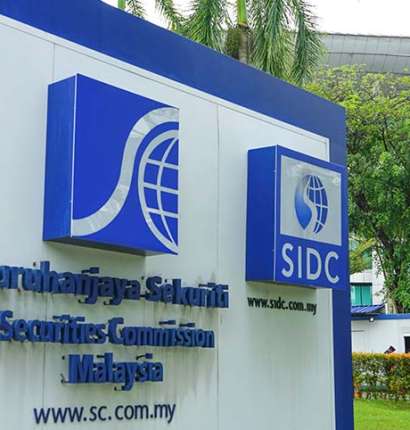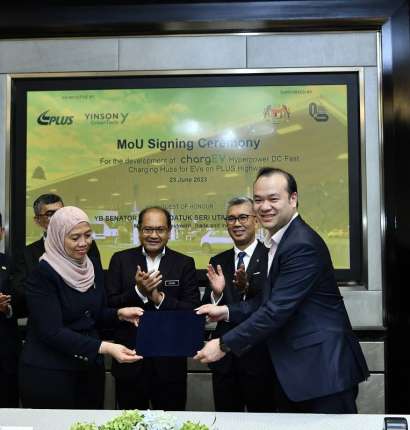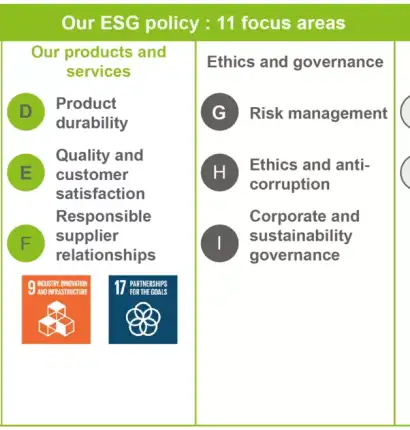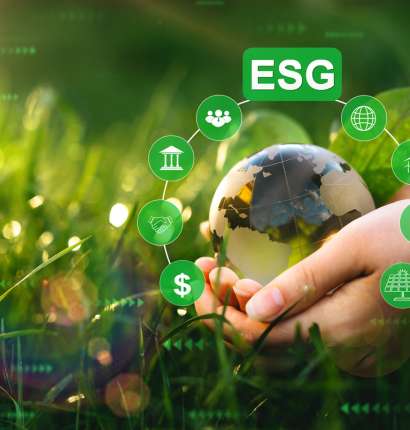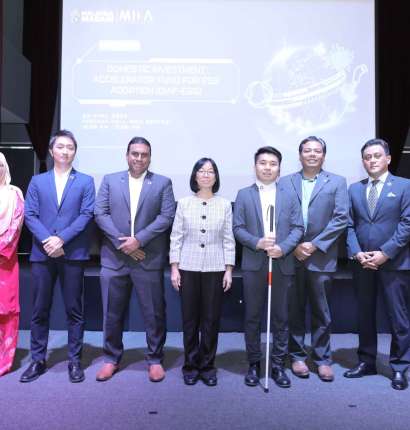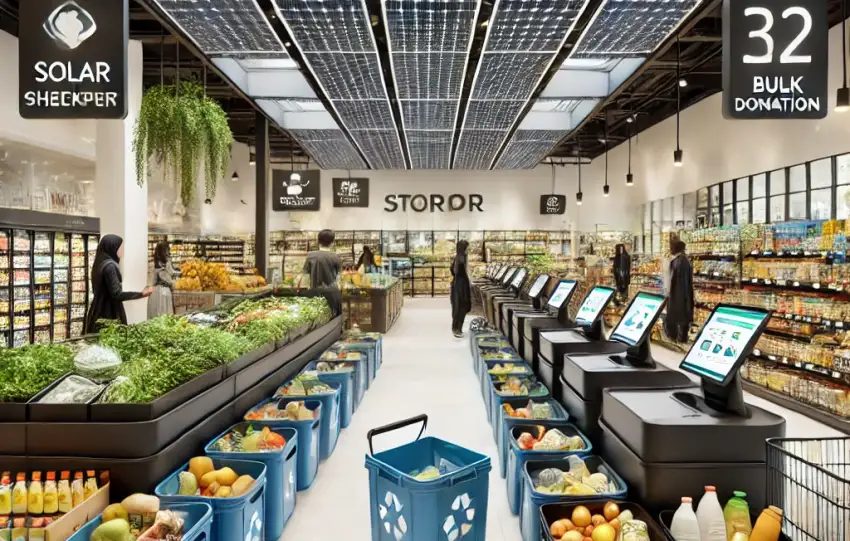Sustainable development has emerged as a central focus in global efforts to balance economic growth with environmental stewardship and social well-being. As the world faces pressing challenges such as climate change, resource depletion, and inequality, the concept of sustainable development offers a pathway to address these issues in a holistic and enduring manner. At the heart of this approach are the Sustainable Development Goals (SDGs), a set of 17 objectives established by the United Nations to guide countries and organizations in fostering a more equitable, resilient, and sustainable future.
The SDGs encompass a broad spectrum of issues, from poverty eradication and gender equality to clean energy and climate action, reflecting the interconnected nature of global challenges. This guide aims to provide practical insights into achieving sustainable development, offering strategies and best practices that can be adopted by various stakeholders. Integrating sustainable principles into operations and planning enables organizations to foster a healthier planet and a fairer society while also improving their reputation, risk management, and long-term viability.
What is sustainable development?
Sustainable development is a concept that entails meeting the needs of the present without compromising the ability of future generations to meet their own needs [1]. It encompasses economic, social, and environmental dimensions, aiming to achieve a harmonious balance among these aspects to ensure long-term prosperity and well-being for all.
Key principles of sustainable development include:
Environmental stewardship: Preserving natural resources, reducing pollution, and protecting ecosystems to maintain ecological balance and biodiversity.
Social equity: Promoting fairness and equality in access to resources, opportunities, and benefits, ensuring that development benefits all members of society, including marginalized and vulnerable groups.
Economic viability: Fostering economic growth and development that is inclusive, efficient, and does not deplete resources or degrade the environment, while also addressing poverty and promoting job creation.
Inter-generational equity: Ensuring that current actions do not compromise the ability of future generations to meet their own needs, by considering the long-term impacts of decisions and practices.
Collaboration and coordination among governments, businesses, civil society, and individuals are essential for integrating these principles into policies, strategies, and daily practices. Sustainable development acknowledges the interconnectedness of social, economic, and environmental systems and endeavors to promote holistic solutions that address multiple challenges simultaneously.
What are the Sustainable Development Goals (SDGs)?
The Sustainable Development Goals (SDGs) were introduced by the United Nations in 2015 as part of the 2030 Agenda for Sustainable Development. Comprising 17 goal [2], the SDGs serve as a comprehensive framework for global development, aiming to address various interconnected challenges facing humanity and the planet.
These goals encompass diverse areas such as eradicating poverty and hunger, ensuring quality education and job opportunities, building sustainable infrastructure, and combating climate change while preserving natural ecosystems like oceans and forests. The SDGs underscore the importance of global partnership among UN member states to achieve sustainable development and create a better future for all.
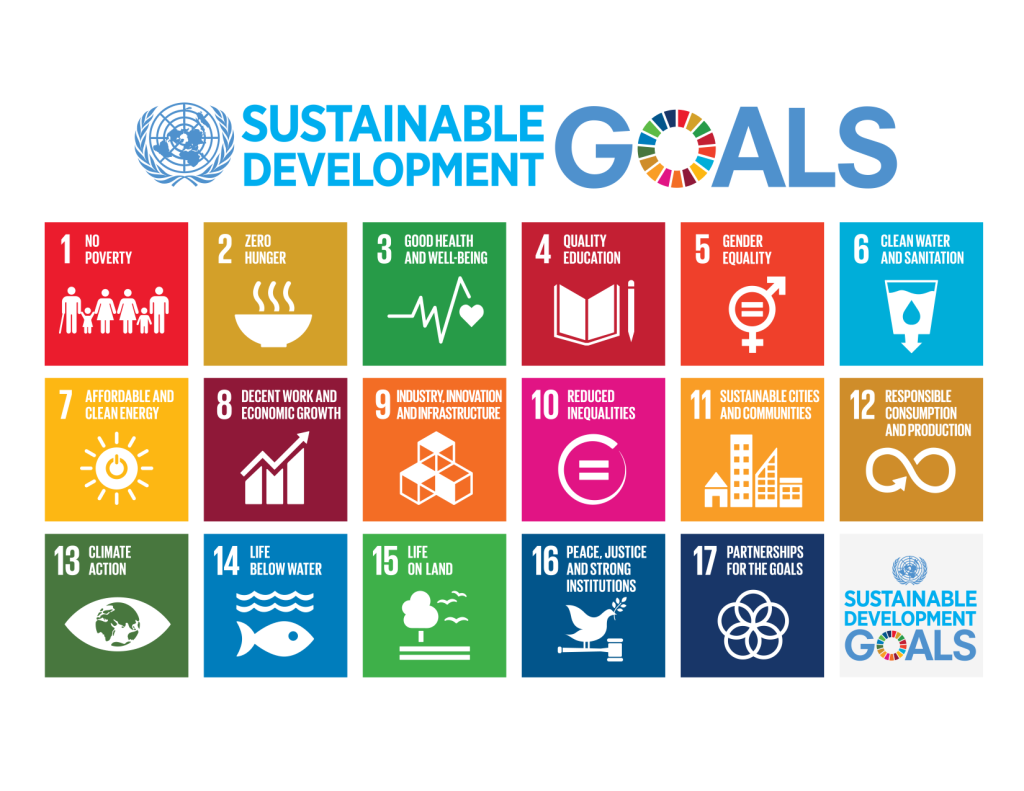
What are the examples of sustainable development?
Here are some examples of sustainable development practices across different sectors:
(1) Renewable Energy: Investing in and promoting the use of renewable energy sources such as solar, wind, and hydroelectric power to reduce reliance on fossil fuels and mitigate greenhouse gas emissions.
(2) Sustainable Agriculture: Implementing practices such as organic farming, crop rotation, and agroforestry to promote soil health, conserve water, and reduce the use of chemical pesticides and fertilizers.
(3) Green Building: Constructing buildings using eco-friendly materials, incorporating energy-efficient design principles, and utilizing renewable energy systems to reduce energy consumption and minimize environmental impact.
(4) Waste Management: Implementing recycling programs, composting organic waste, and promoting waste reduction and reuse initiatives to minimize landfill waste and promote resource conservation.
(5) Sustainable Transportation: Encouraging the use of public transportation, promoting carpooling and biking, and investing in infrastructure for electric vehicles to reduce carbon emissions and alleviate traffic congestion.
(6) Conservation and Biodiversity Protection: Establishing protected areas, implementing habitat restoration projects, and promoting sustainable land-use practices to preserve biodiversity and ecosystem services.
(7) Sustainable Tourism: Promoting responsible travel practices, supporting local communities, and minimizing environmental impact through measures such as eco-friendly accommodations and wildlife conservation efforts.
(8) Education and Awareness: Educating communities about sustainable living practices, raising awareness about environmental issues, and fostering a culture of sustainability to promote long-term behavior change.
These examples demonstrate various approaches to sustainable development that aim to meet the needs of the present without compromising the ability of future generations to meet their own needs.
Read More
Practical Guidance for Sustainable Development
While understanding the goals and importance of sustainable development is crucial, implementing sustainable practices requires practical guidance. Here are some actionable steps individuals and organizations can take to contribute to sustainable development:
Educate Yourself: Stay informed about sustainable development principles, practices, and current issues through reputable sources such as academic publications, NGOs, and government reports. Engage in continuous learning to understand the complexities of sustainability and its applications in various contexts.
Assess Impact: Conduct a comprehensive assessment of your personal or organizational impact on the environment, society, and economy. Identify areas where improvements can be made, such as resource consumption, waste generation, and social equity considerations.
Set Goals: Establish clear and measurable sustainability goals aligned with the principles of sustainable development. These goals could include reducing carbon emissions, conserving natural resources, promoting social equity, or enhancing community resilience.
Implement Sustainable Practices: Integrate sustainable practices into daily operations, processes, and decision-making. This may involve adopting energy-efficient technologies, reducing water usage, implementing waste reduction strategies, or sourcing sustainable materials and products.
Collaborate: Collaborate with stakeholders, including employees, suppliers, customers, and local communities, to collectively address sustainability challenges and opportunities. Engage in partnerships and initiatives that promote shared goals and mutual benefits.
Innovate: Foster innovation and creativity to develop new solutions and technologies that advance sustainable development objectives. Encourage experimentation, pilot projects, and research initiatives to explore alternative approaches and best practices.
Measure and Monitor Progress: Establish key performance indicators (KPIs) and metrics to track progress towards sustainability goals. Regularly monitor and evaluate performance, identify areas for improvement, and celebrate achievements to maintain momentum and accountability.
Communicate Transparently: Communicate your sustainability efforts, progress, and challenges openly and transparently with stakeholders. Share successes, lessons learned, and future plans to inspire others, build trust, and foster collaboration.
Advocate for Change: Advocate for policies, regulations, and incentives that support sustainable development at local, national, and global levels. Engage in advocacy campaigns, participate in public consultations, and support initiatives that promote environmental protection, social justice, and economic resilience.
Empower Others: Empower individuals and communities to participate actively in sustainable development initiatives. Provide education, training, and resources to build capacity, raise awareness, and foster a culture of sustainability within society.
By following these practical guidance principles, individuals and organizations can contribute to advancing sustainable development goals, promoting resilience, and creating a more sustainable and equitable future for all.
Read More
References/Article sources:
1. “Report of the World Commission on Environment and Development: Our Common Future”. https://sustainabledevelopment.un.org/content/documents/5987our-common-future.pdf. Retrieved February 20, 2024
2. The UN Department of Economic and Social Affairs. “The 17 Goals, https://sdgs.un.org/goals.” Retrieved February 20, 2024
3. Columbia University in The City of New York, Center for Sustainable Development. https://csd.columbia.edu/sachs. Retrieved February 20, 2024

